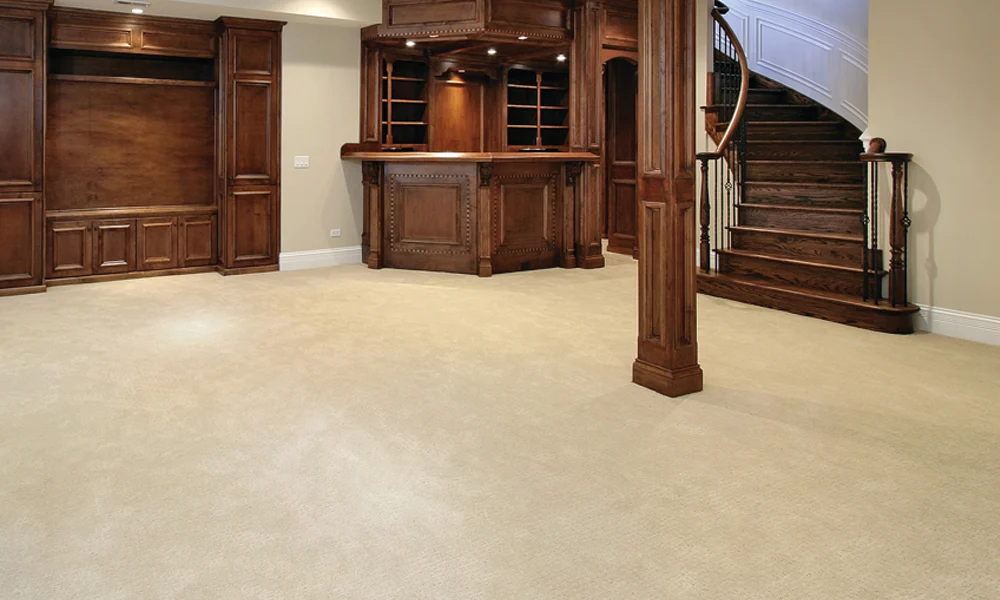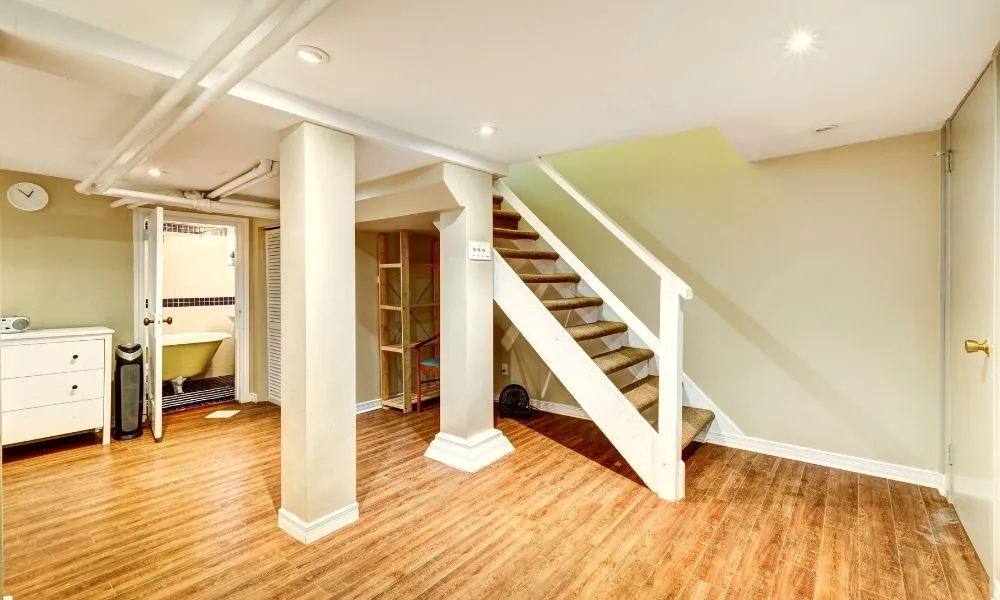The basement is often an overlooked part of the home. Whether it’s a storage area, a workshop, or a finished living space, it plays an essential role in the overall stability and functionality of your house. However, one all-too-common mistake that many homeowners make is ignoring the importance of moisture mapping.
What is moisture mapping, you ask? It’s a process used to detect and visualize moisture levels within walls, floors, and other structures in your basement. Skipping this important step can lead to serious issues, from mold growth to structural damage.
Here’s why moisture mapping should be a priority for every homeowner.
The Hidden Dangers of Excess Moisture
Moisture may seem like a minor inconvenience, but beneath the surface, it can wreak havoc. Left unchecked, even small amounts of water can accumulate within walls and flooring, creating the perfect environment for mold growth.
Mold doesn’t just discolor walls or emit an unpleasant odor. It’s a serious health hazard. According to the Environmental Protection Agency (EPA), mold exposure can trigger respiratory issues, worsen allergies, and even lead to chronic health problems in extreme cases.
Beyond health concerns, unchecked moisture can compromise the structural integrity of your home. Wooden beams can rot, concrete can weaken, and floors can warp. What seems like a minor issue now could result in costly repairs down the road.
How Moisture Mapping Works?
The essence of moisture mapping lies in its ability to pinpoint trouble spots before they escalate. Using specialized equipment such as moisture meters and thermal imaging cameras, professionals can identify areas of dampness that may not be visible to the naked eye.
For example, you might notice a small water stain in the corner of your basement. While it may not seem like a big deal, moisture mapping could reveal hidden leaks or widespread dampness behind the walls. It offers a full picture of the problem, enabling you to take targeted action to prevent further damage.

The Costs of Skipping Moisture Mapping
Homeowners who ignore regular inspections and moisture mapping often end up paying the price.
Here are just a few challenges you might face if you decide to skip this critical step:
Mold Remediation
Once mold takes hold, removing it is no small feat. Professional remediation can cost anywhere from $500 to $6,000 or more, depending on the extent of the damage. In some cases, you may even need to replace drywall, insulation, or flooring altogether.
Foundation Repairs
Excess underground moisture can seep into your home’s foundation, weakening its base. Foundation repairs can range from $2,000 to $20,000, depending on the severity of the problem.
Decreased Home Value
Visible water damage or mold issues can scare off potential buyers if you decide to sell your home. Even if they’re not currently problematic, signs of previous issues can lead to lower offers or prolonged time on the market.
Prevention Is Key
The good news? All of these risks can be mitigated or avoided with routine moisture mapping. Regular monitoring allows you to tackle issues at their source, whether it’s waterproofing your walls, repairing faulty seals, or improving drainage around your foundation.
Moisture mapping also offers peace of mind. Knowing your basement is dry, healthy, and damage-free means you can use the space however you like without worrying about hidden problems.
Conclusion
Skipping moisture mapping may save money in the short term, but long-term consequences can be disastrous. From mold growth to costly repairs, the risks are too significant to ignore.
Investing in regular inspections and moisture mapping ensures that your basement stays dry, safe, and functional for years to come. Whether you’re finishing your basement or using it for storage, this simple practice is an essential part of good home maintenance. Don’t wait until it’s too late to protect your space. Take action today!




Leave a Reply